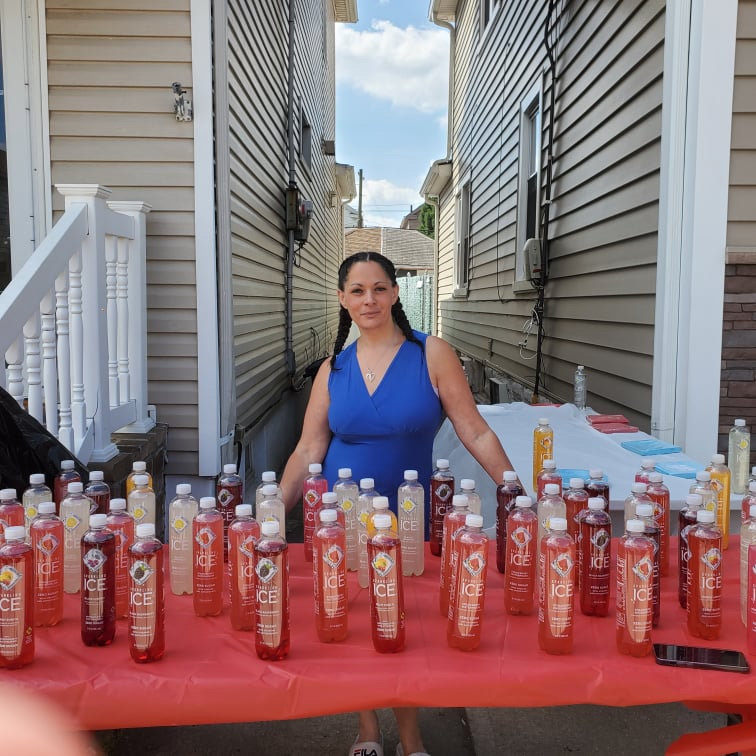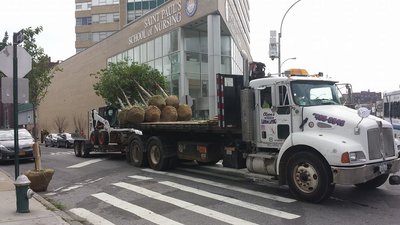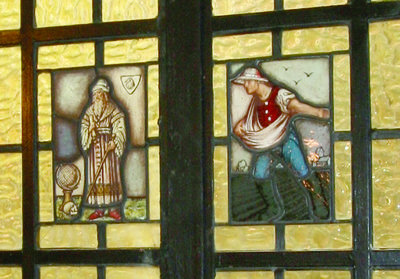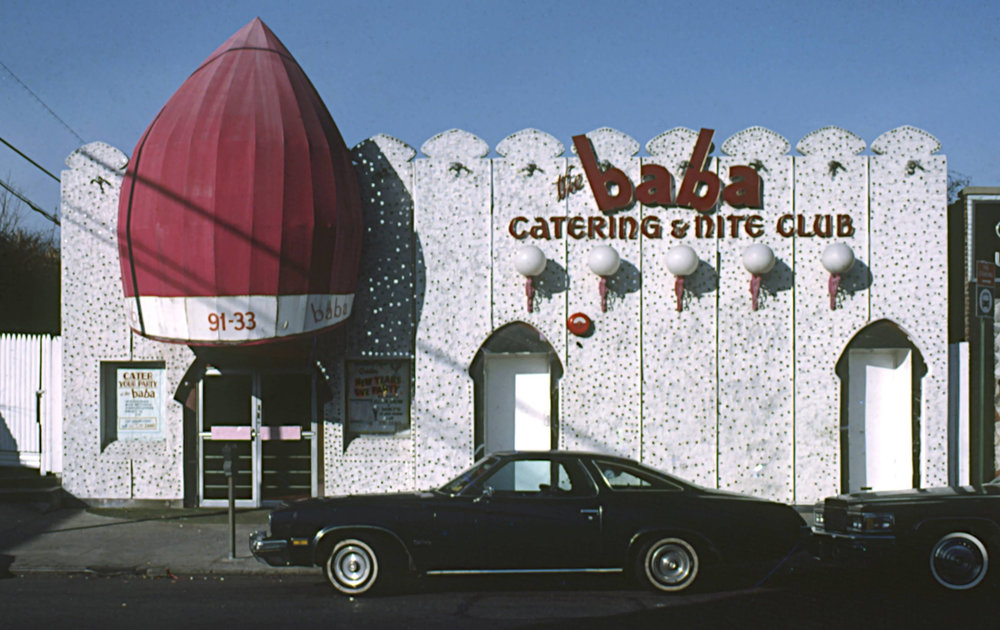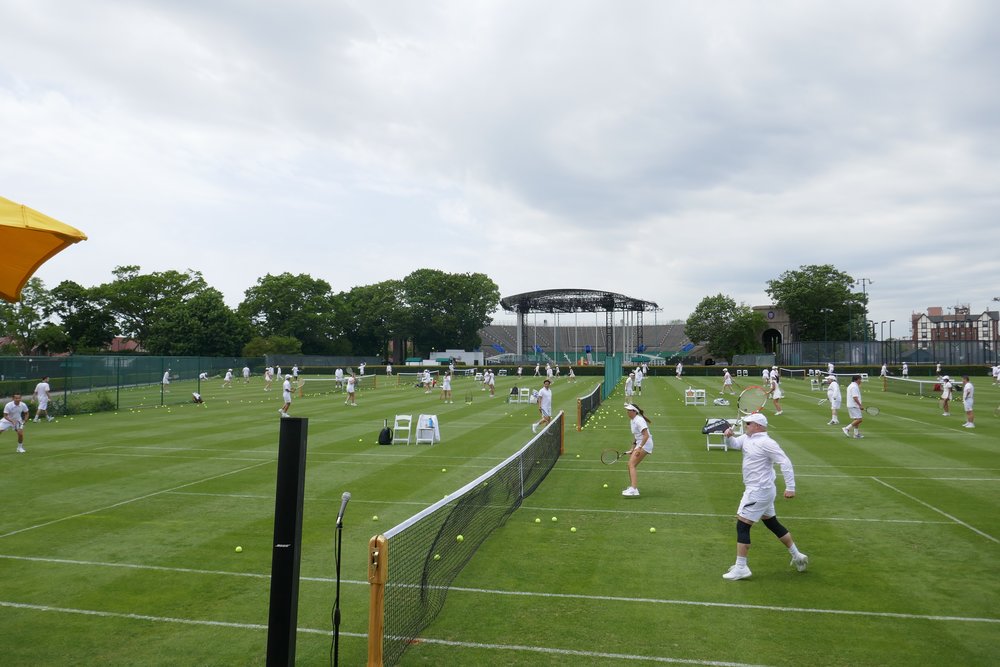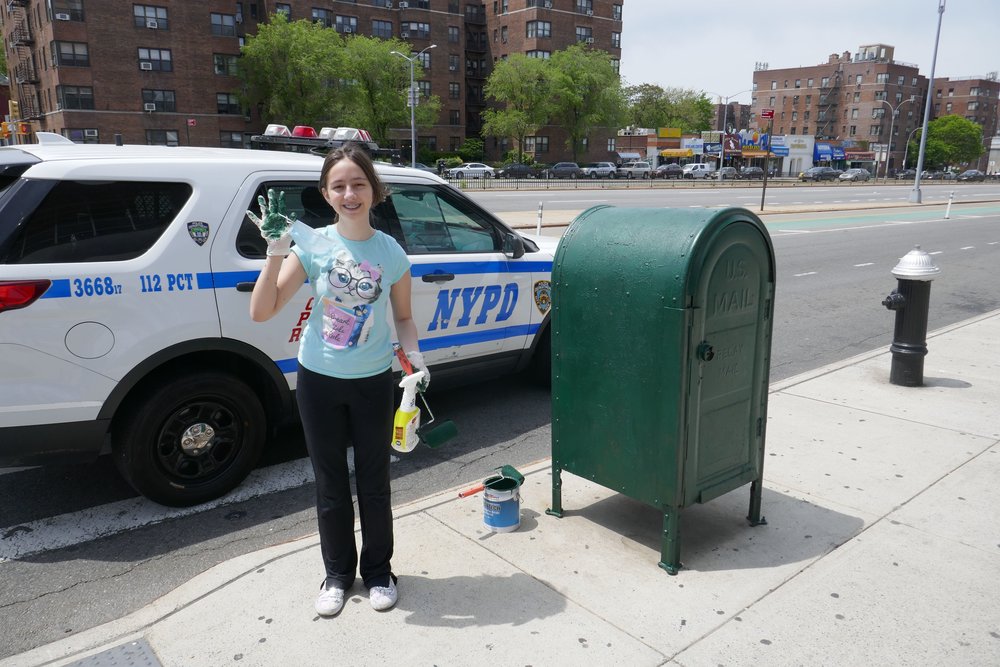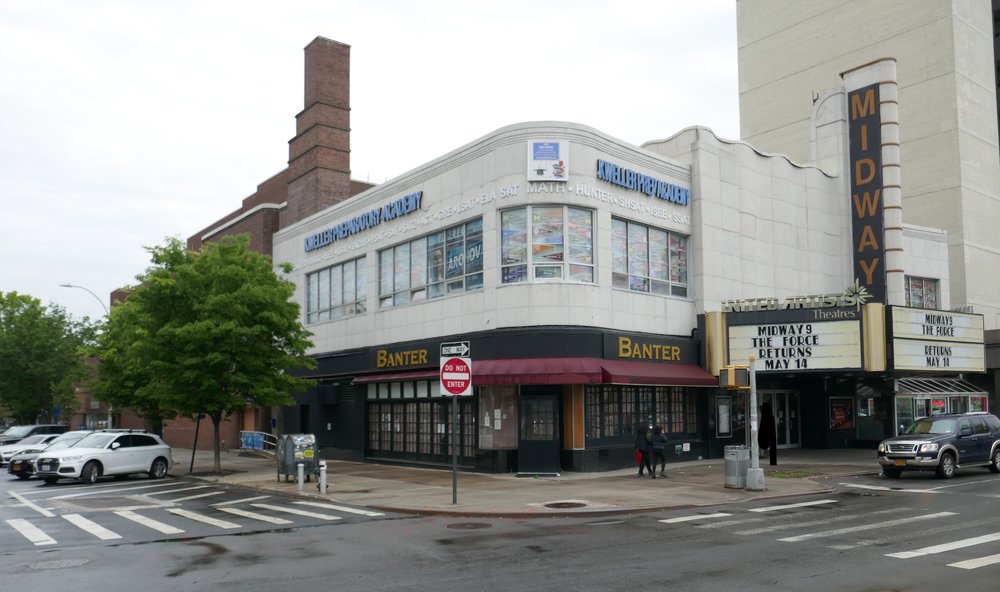Queens resident shares the joy of reading through community library
“No child should be without a book” believes Kay Menashe, who has been making a difference for people of all ages with a donation-based library service.
The 44-year-old Howard Beach resident and former EMT owns and operates the Free Community Library of Ozone Park.
“During the height of the pandemic when all libraries were shut down, my goal was to make sure every child had a book to read,” said Menashe. “My free library originated when I placed a few of my own books out, and the community began taking them.
“Then we were asked by other community members if they could leave their books as well,” she added. “All of our books come from a different home with a tale to tell.”
The library is open from 10 a.m. to 6 p.m. daily, weather permitting, since the library operates outdoors at locations announced on social media. The books come from community donations.
“We accept all books, as the Queens public libraries no longer take donated books since the pandemic,” Menashe said. “The only supplies we need are books, which we know most of you have at home just sitting around collecting dust.”
Menashe was recently named runner-up of the second annual Sparkling Ice’s “Cheers to Heroes” contest to honor America’s everyday heroes.
The contest received 1,000 nominations from 905 American cities with three finalists. Menashe received $7,500.
“We received such support from the community and from the parties and events we ran,” she said. “We won because the community voted for us and since our library makes a difference.”
Menashe hope to further develop her initiative, hoping the Queens community can help her find a small permanent space in an office or retail establishment.
“The books need to be displayed and stored and stay dry when it rains,” she explained. “We would also like to see a mom-and-pop coffeehouse go into business with us. My vision is to see my community members sitting down with coffee and maybe a slice of pie while reading free books they can take home.”
Menashe believes reading a physical copy is the best way to enjoy a book.
“I feel that e-reading takes away from the magic, including the new book smell,” she said. “As you hold books, it lets you relax. An e-reader is just a computer screen where you feel nothing.”
With titles spanning every genre in the community library, every day becomes a journey filled with surprises. She explained her personal inspiration is not just one person.
“The kids are why I do this mostly,” Menashe said. “Books are expensive for families to buy when you walk into a store, but when you walk into our café, that would never be an issue as your son or daughter would always leave with a free book.”
To donate books or to help the library secure a space, email klocascio2015@yahoo.com To keep up with the library, follow @communityozpl on Instagram.



